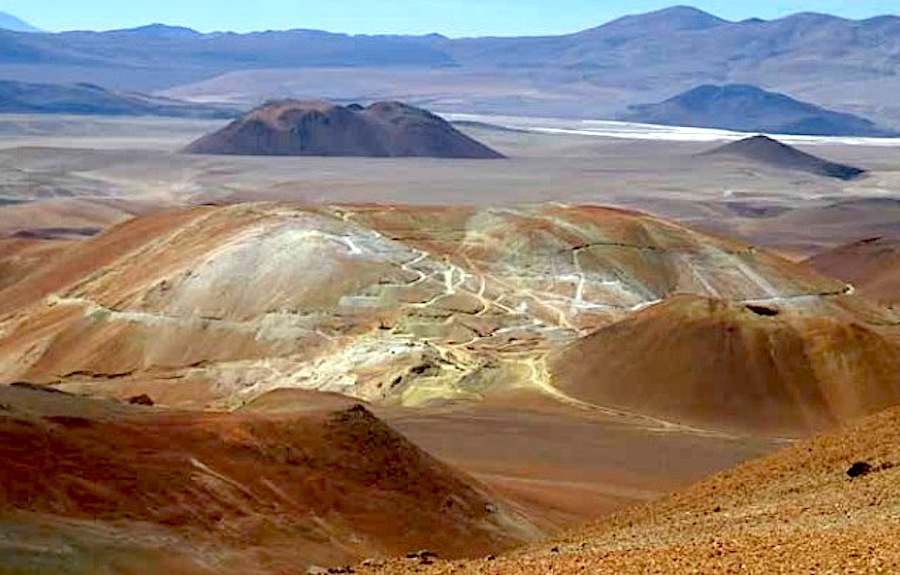
Gold Fields (JSE, NYSE: GFI) on Wednesday reported a jump in 2019 profit as the South African miner benefited from increased gold production and a higher gold price.
Gold Fields also said it intended to place new shares to raise about $269 million to help fund its new Salares Norte mining project in Chile.
The share placing, which is around 5% of the company’s existing issued ordinary shares, will be done through an accelerated bookbuild.
Salares Norte is expected to have a life of around 11 years and an average annual production of 450,000 ounces of gold over the first seven years, Gold Fields said.
Salares Norte project in Chile is expected to have an average annual production of 450,000 ounces of gold over the first seven years
The gold-silver project in Chile is expected to begin producing in the first quarter of 2023.
“Following a review of the alternatives available to the company and consistent with the company’s prudence regarding its debt position, the board believes that a combination of the proceeds of the placing, operational cash flow and existing debt facilities will allow the company to fully fund the construction of Salares Norte,” Gold Fields said in a statement.
The company, which operates producing gold mines in South Africa, Ghana, Australia and Peru, said headline earnings per share (HEPS) rose to $0.20 per share for the full year ended Dec. 31, from $0.07 in the year prior and in line with what the company had flagged to the market.
HEPS is the main profit measure used in South Africa that strips out certain one-off items.
“Gold Fields had a strong finish to 2019, reporting higher production and lower costs for the last quarter of the year,” chief executive officer Nick Holland said in a statement.
The company reported 590,000 ounces of attributable gold production for the final quarter of the year from 523,000 ounces a year earlier.
Attributable equivalent gold production for the miner for 2020 is expected to be between 2,275 million ounces and 2,315 million ounces, it said.
Gold Fields declared a final dividend of 100 South Africa cents per ordinary share giving a gross dividend of 160 cents compared with 40 cents per share in the previous year.
(By Noor Zainab Hussain and Tanisha Heiberg; Editing by Jane Merriman)
Comments